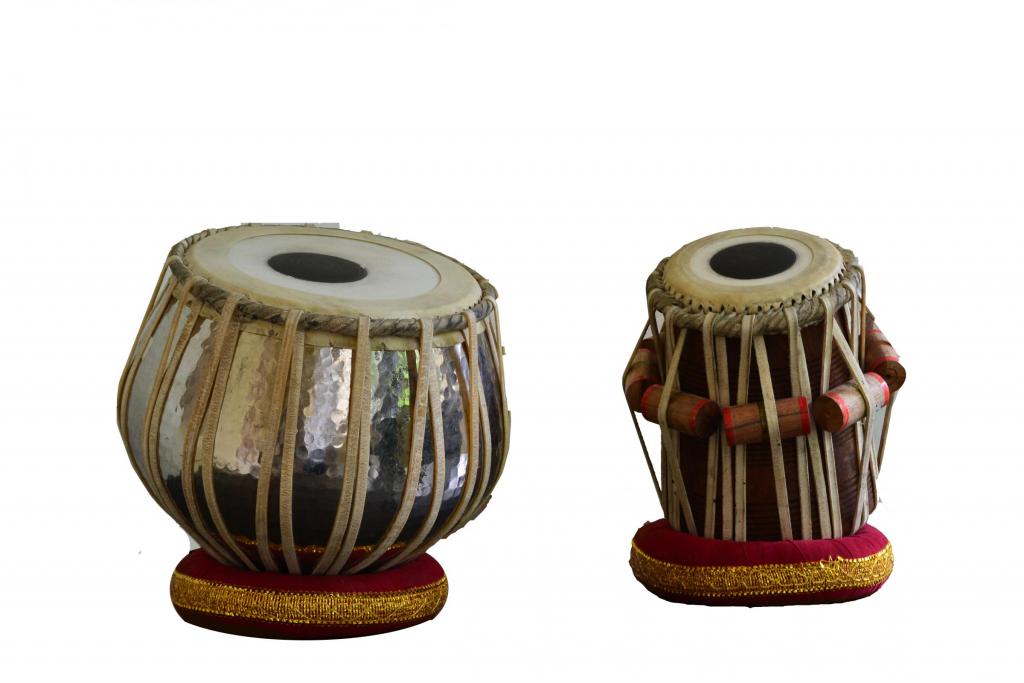
The Tabla is an ancient instrument believed to be devised in the 14th century. Primarily used in Hindustani Music, the Tabla has become a very popular drum all across the globe. Consisting of two drums, one low and the other high in pitch, the pair makes a melodious rhythm when played in tandem.
- TABLA
About This Product
-
Highlights:
The Tabla is an ancient instrument believed to be devised in the 14th century. Primarily used in Hindustani Music, the Tabla has become a very popular drum all across the globe. Consisting of two drums, one low and the other high in pitch, the pair makes a melodious rhythm when played in tandem.
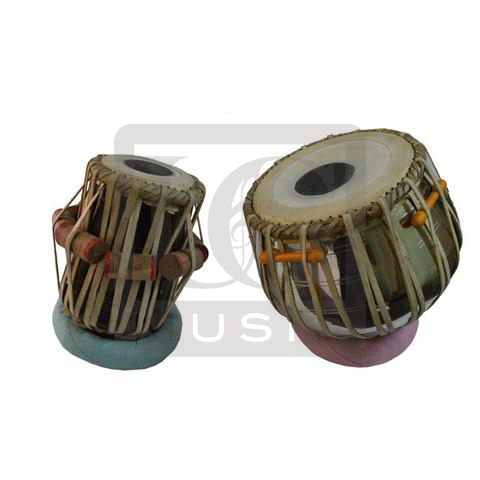
The Tabla is an ancient instrument believed to be devised in the 14th century. Primarily used in Hindustani Music, the Tabla has become a very popular drum all across the globe. Consisting of two drums, one low and the other high in pitch, the pair makes a melodious rhythm when played in tandem.
- TABLA
About This Product
-
Highlights:
The Tabla is an ancient instrument believed to be devised in the 14th century. Primarily used in Hindustani Music, the Tabla has become a very popular drum all across the globe. Consisting of two drums, one low and the other high in pitch, the pair makes a melodious rhythm when played in tandem.
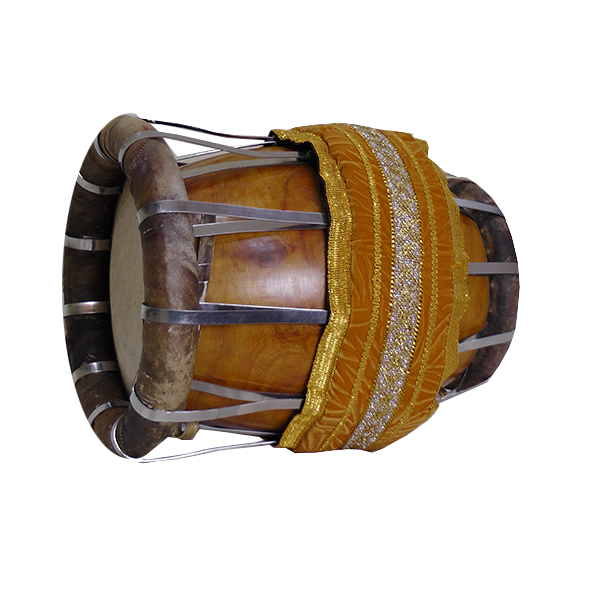
The Thavil is a rare South Indian percussion Instrument that was earlier used in Folk and temple music but now has found its place in Carnatic music as well. It is often used as an accompaniment in Nadaswaram. Made in Thanjavur, the Thavil is played with a stick and finger caps made of fibre. The uniqueness of the instrument is such that a good Thavil is very tough to find.
- THAVIL
About This Product
-
Highlights:
The Thavil is a rare South Indian percussion Instrument that was earlier used in Folk and temple music but now has found its place in Carnatic music as well. It is often used as an accompaniment in Nadaswaram. Made in Thanjavur, the Thavil is played with a stick and finger caps made of fibre. The uniqueness of the instrument is such that a good Thavil is very tough to find.
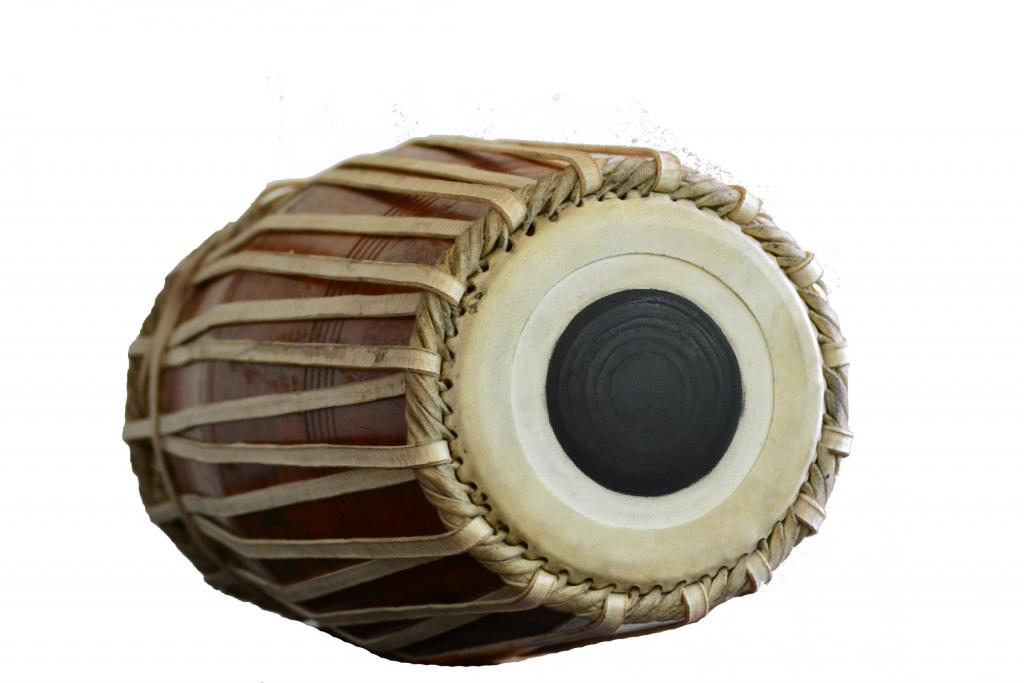
Used all over northern India and a popular double-handed drum used in Dhrupad, Kathak dance, Bollywood rhythms and fusion recordings, the Pakhawaj is regarded as the oldest and most majestic Indian percussion instrument. The drum features powerful bass sounds that are deeper and lower than the Mridangam, and is full of rich and high tones, harmonics and overtones on the treble drum.
- PAKHAWAJ
About This Product
-
Highlights:
Used all over northern India and a popular double-handed drum used in Dhrupad, Kathak dance, Bollywood rhythms and fusion recordings, the Pakhawaj is regarded as the oldest and most majestic Indian percussion instrument. The drum features powerful bass sounds that are deeper and lower than the Mridangam, and is full of rich and high tones, harmonics and overtones on the treble drum.
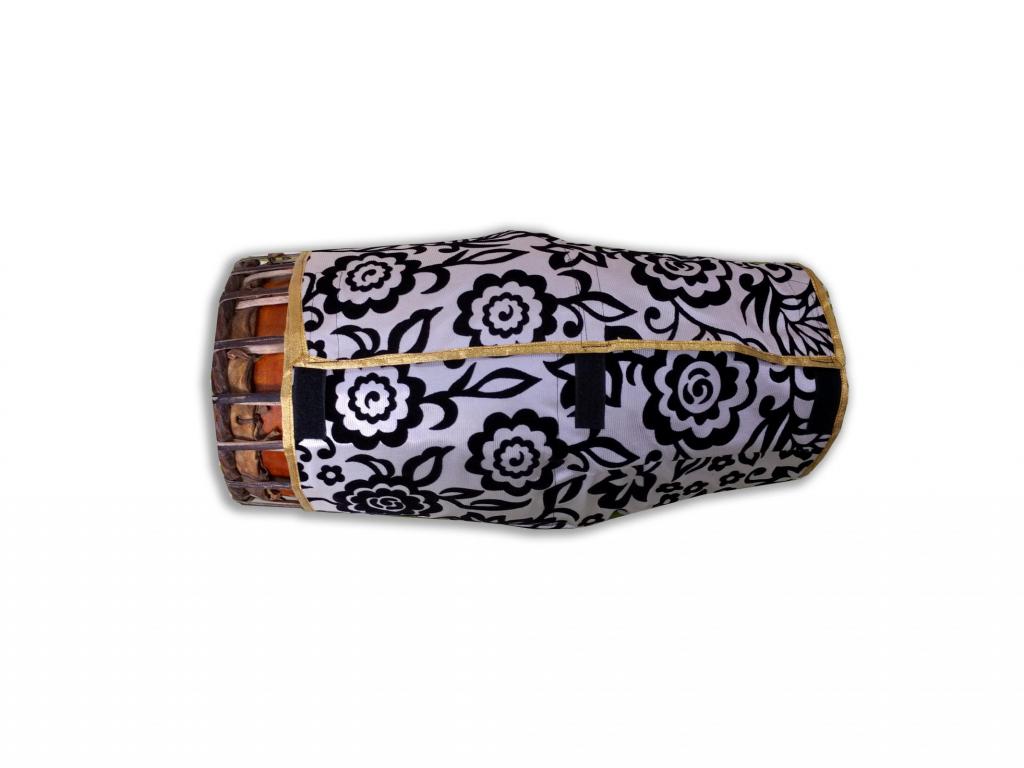
The Mridangam is the mother south Indian percussion instruments widely acclaimed for its strong sound rhythmic sounds and distinct tonality. Used in Carnatic music, the Mridangam is made from jackfruit tree/ sheesham wood. The Mridangam has a deep metallic timbre and powerful middle frequency bass sounds. The shyahi on the end of the mridangam is a black paste called satham or karanai which occupies a larger surface area than does the shyahi for the tabla or Pakhawaj. This is placed on two non-homogenous membranes over three layers, which produce the distinct high pitch and harmonics of the mridangam treble drum.
- MRIDANGAM
About This Product
-
Highlights:
The Mridangam is the mother south Indian percussion instruments widely acclaimed for its strong sound rhythmic sounds and distinct tonality. Used in Carnatic music, the Mridangam is made from jackfruit tree/ sheesham wood. The Mridangam has a deep metallic timbre and powerful middle frequency bass sounds. The shyahi on the end of the mridangam is a black paste called satham or karanai which occupies a larger surface area than does the shyahi for the tabla or Pakhawaj. This is placed on two non-homogenous membranes over three layers, which produce the distinct high pitch and harmonics of the mridangam treble drum.
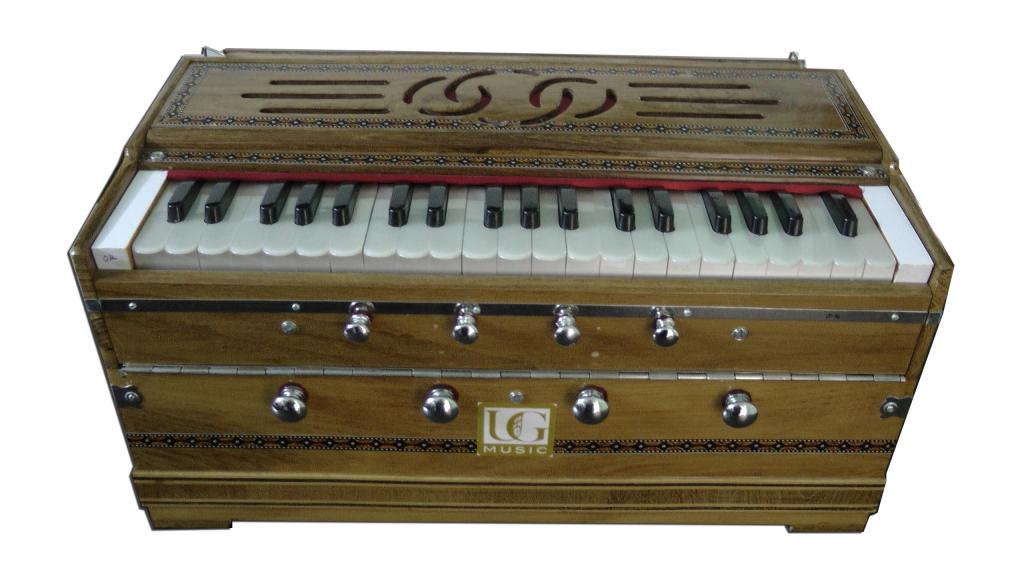
The Harmonium has been a vital instrument in Indian music since the 18th century. Although not a product of the Indian origin, the Harmonium was quickly adapted to, by the Indian musicians due to its deep melody and the intricate notes it can produce. The most popular of these Harmoniums is the hand pumped Harmonium. Popular in virtually all Indian music, perhaps barring only the Carnatic genre, the Harmonium is a widely used instrument in folk music, ghazals, independent vocals and often as an accompaniment with Dance.
- HARMONIUM
About This Product
-
Highlights:
The Harmonium has been a vital instrument in Indian music since the 18th century. Although not a product of the Indian origin, the Harmonium was quickly adapted to, by the Indian musicians due to its deep melody and the intricate notes it can produce. The most popular of these Harmoniums is the hand pumped Harmonium. Popular in virtually all Indian music, perhaps barring only the Carnatic genre, the Harmonium is a widely used instrument in folk music, ghazals, independent vocals and often as an accompaniment with Dance.

Dholkis have traditionally been used in folk performances. These instruments are generally used in the dance performances like "Lavani". Often, Dholak and Dholki is used interchangeably for the same instrument although that is inaccurate since one hails from Northern India while the other hails from Western India, respectively. There are many variants which are similar to the Dholkis but larger in size or lower in pitch or both. The ones used in Bhangra are called Dhols. The other variants from Northern India are called Dholaks which are roughly the same size but used mostly used as lower pitch variants in folk music.
- DHOLKI
About This Product
-
Highlights:
Dholkis have traditionally been used in folk performances. These instruments are generally used in the dance performances like "Lavani". Often, Dholak and Dholki is used interchangeably for the same instrument although that is inaccurate since one hails from Northern India while the other hails from Western India, respectively. There are many variants which are similar to the Dholkis but larger in size or lower in pitch or both. The ones used in Bhangra are called Dhols. The other variants from Northern India are called Dholaks which are roughly the same size but used mostly used as lower pitch variants in folk music.
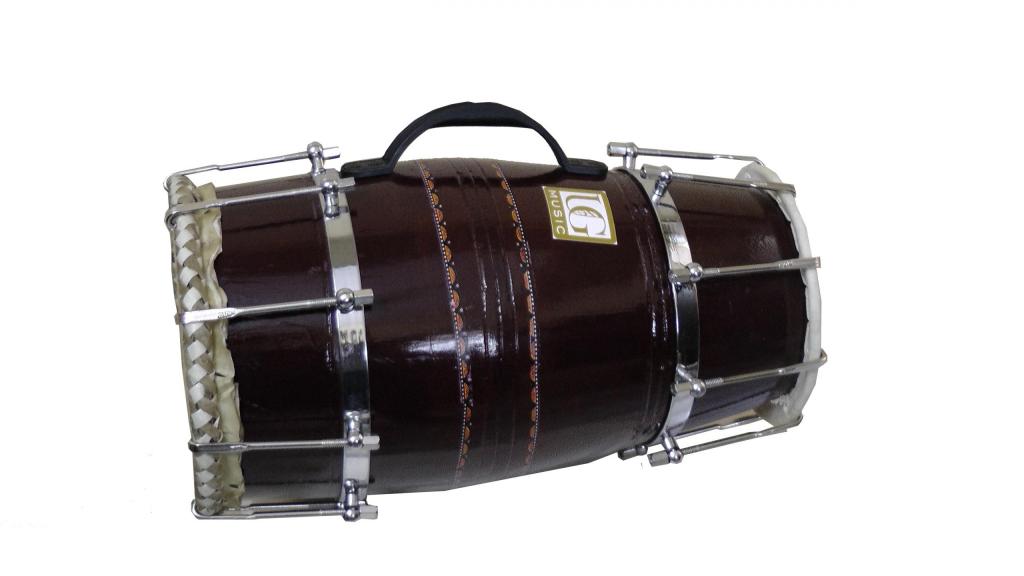
Dholaks have traditionally been used in folk music for centuries. These instruments are age old and are highly popular in the North. There are many variants which are similar to the Dholaks but larger in size. These are called Dhols. The other variants from the western region of India are high pitched and are also used in folk performances. These are called Dholkis. Often, Dholak and Dholki is used interchangeably for the same instrument although that is inaccurate since one hails from Northern India while the other hails from Western India, respectively.
- DHOLAK
About This Product
-
Highlights:
Dholaks have traditionally been used in folk music for centuries. These instruments are age old and are highly popular in the North. There are many variants which are similar to the Dholaks but larger in size. These are called Dhols. The other variants from the western region of India are high pitched and are also used in folk performances. These are called Dholkis. Often, Dholak and Dholki is used interchangeably for the same instrument although that is inaccurate since one hails from Northern India while the other hails from Western India, respectively.
